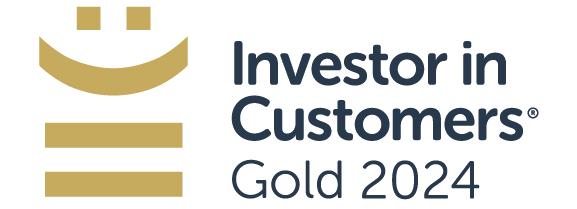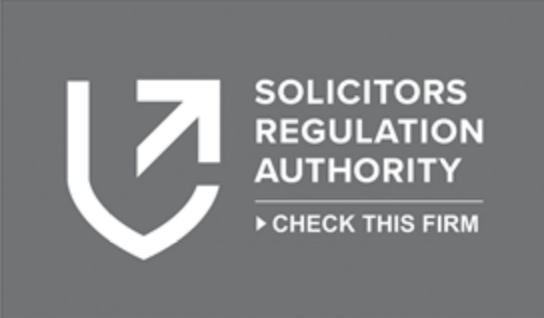
18
Mar 2021
“You can do a lot if you’re properly trained, it’s all to do with the training” – Queen Elizabeth II
When is an employee deemed effectively trained in employment policies and procedures? An excellent sense check is to imagine the worst-case scenario played out in any particular area, then examining whether the training expectation is actually being fulfilled properly. Is it a fluid, progressive programme that facilitates colleagues to live, breathe and keep up to date with your values, policies or procedures or is it a mere sign-off hidden in a ring-binder on a dusty shelf in the back office?
In Allay (UK) Ltd v Gehlen, the EAT were particularly critical of the ‘stale, brief and insubstantial’ equality and diversity training submitted as a defence to show that the company had taken reasonable steps in preventing racial harassment. The company did in fact have an equal opportunity policy / anti-bullying and harassment procedure, however the most up to date training was carried out nearly three years prior to the Claimant’s dismissal. The EAT therefore concluded that the training was no longer effective, which was compounded by the failure of the management team to take action against racist remarks made, while also passing off comments as merely ‘banter’.
Secondly, The Department of Work and Pensions would presumably possess the pinnacle of training on such things as supporting disabilities into employment and the details of the Equality Act. Incredibly, they have lost more tribunals for disability discrimination than any other organisation since 2016 endowing circa £1 million in tribunal payments and settlements. Yes, this is a poor record, but more a question of form over substance mirrored in many more organisations; all the right paperwork in place, but little thought as to how to best bring policies and procedures to life within the workplace.
Designing the “company road map” in the first instance is incredibly important and clearly defined processes create the template for day-to-day operations, aiding guidance and decision-making. They are the preventor of chaos and lighthouse to success, driving inter alia operational consistency, customer service, health and safety and diversity. Successful implementation must start with the on-boarding process and colleague induction, setting a clear expectation of the values of the company and the guidelines that underpin that mission. Training may also be provided on all the relevant policies and procedures that support the ways of working, and then how they relate to the potential pitfalls of employment legislation.
This part in fairness is often done well over a clearly designed 12-week induction plan; the challenge moving forward is to manage the on-going updates and keep the information top of mind for the employee. Best in class businesses would use tools such as on-line training courses, intranet systems, tests, quizzes, checklists and reporting mechanisms to maintain colleague knowledge and engagement. There should also be a clear process to make sure any changes to policy are effectively communicated and understood by the teams.
It is vital that managers lead by example and sense check the performance of their team; colleagues may be recognised for implementing the right actions, balanced with the group being made fully aware of the consequences of a failure to follow procedure and how that might be managed or disciplined.
Training is an area where most businesses can improve easily; investment will inevitably bring increased engagement and performance, whist likely reducing exposure to risk. There are many varied tools available which can be modified or combined to facilitate any types of learning styles. If you need up to date information on what policies and procedures ought to be covered in your training, or your business is at imminent risk due to a possible training gap, Chadwick Lawrence are here to help, so please call 01924 379 078 in the first instance to discuss.
- Like this ? Share with friends





